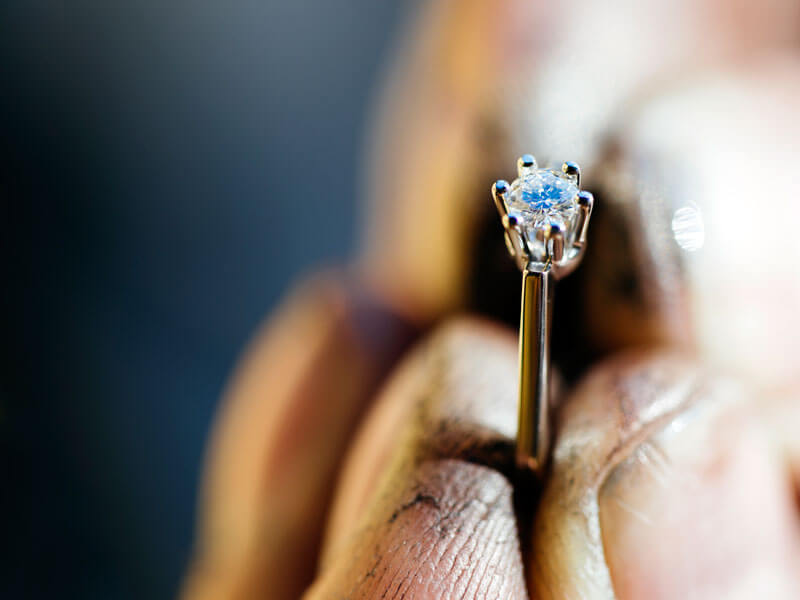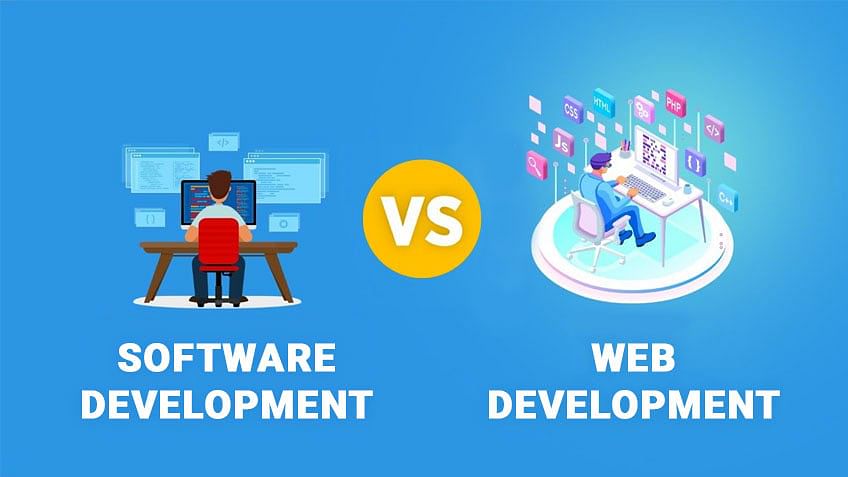Blood diamonds, also known as conflict diamonds, have been at the center of global attention for many years. These diamonds are mined under horrific conditions in war-torn areas and sold to finance armed conflicts against governments. The blood diamonds industry has raised significant ethical concerns, and understanding their history, the consequences, and the efforts to combat their trade is crucial. In this article, we explore the impact of blood diamonds, their connection to conflict, and the ongoing efforts to curb their trade.
What Are Blood Diamonds?
Blood diamonds are diamonds that are mined in war zones and sold to fund armed conflict against governments. The term “blood diamonds” came into popular use during the 1990s when it was revealed that diamonds were being used to finance brutal civil wars, particularly in Africa. These diamonds were extracted through forced labor, child labor, and other inhumane methods, with the workers facing dangerous working conditions and minimal pay.
The most infamous instances of blood diamond trade occurred in countries like Sierra Leone, Angola, and the Democratic Republic of Congo. The sale of these diamonds enabled rebel groups to fuel violence, destabilize governments, and perpetuate human rights abuses. Today, the term “blood diamonds” is used to describe any diamonds that are connected to conflict, regardless of their origin.
The Role of Blood Diamonds in Financing Conflict
The trade of blood diamonds plays a significant role in financing violent conflicts. Rebel groups in war-torn countries often control diamond-rich areas and use the profits from diamond sales to buy weapons, fund military operations, and pay mercenaries. This creates a vicious cycle of violence, where diamonds are used to perpetuate conflicts, leading to more bloodshed and instability.
In countries like Sierra Leone and Liberia, diamonds were instrumental in prolonging brutal civil wars. Armed groups exploited the diamond mines and sold the stones to fund their campaigns. The use of blood diamonds enabled rebels to gain power and control, causing untold suffering for the civilian population.
The global market for diamonds provided a means for rebel groups to generate income without having to rely on traditional state-based economies. This illegal diamond trade proved difficult to regulate and trace, allowing blood diamonds to flow into the international market and fund conflicts for years.
Human Rights Violations Associated with Blood Diamonds
One of the most significant consequences of the blood diamond trade is the severe human rights violations associated with it. Workers in diamond mines controlled by armed groups are often subjected to forced labor, violence, and exploitation. Many are subjected to dangerous working conditions, with little regard for their safety or well-being. In some cases, workers, including children, are forced to work long hours in hazardous conditions without proper equipment or medical care.
The brutality of the blood diamond trade is not limited to the workers in the mines. Civilians in conflict zones are often caught in the crossfire, facing displacement, violence, and even death as a result of the fighting fueled by the profits from these diamonds. The trade in blood diamonds has left lasting scars on entire communities, with survivors often left to deal with trauma and poverty.
Furthermore, women and children are especially vulnerable in regions where blood diamonds are mined. Sexual violence, abduction, and forced labor are common issues faced by women and children caught in the cycle of conflict surrounding blood diamonds. The human cost of the blood diamond trade is immeasurable, with millions of lives affected by its devastating impact.
The Kimberley Process: An Effort to End Blood Diamond Trade
In response to the growing global awareness of the blood diamond trade, the international community established the Kimberley Process Certification Scheme (KPCS) in 2003. The Kimberley Process was created to prevent the trade of blood diamonds by certifying that diamonds sold internationally are conflict-free. The initiative was designed to bring together governments, diamond industry players, and civil society organizations to ensure that diamonds are not used to fund conflict.
The Kimberley Process requires that diamonds be tracked from their country of origin to their final destination to ensure they are not linked to conflict. Participating countries must issue certificates confirming that the diamonds they export are conflict-free. However, the Kimberley Process has faced criticism over the years for its limited scope and enforcement challenges.
While the Kimberley Process has made progress in reducing the trade of blood diamonds, it has not entirely eliminated the problem. Some diamond-producing countries have continued to trade diamonds that are not properly tracked or certified, allowing blood diamonds to slip through the cracks. Moreover, rebel groups have found ways to bypass the system, continuing to sell diamonds from conflict zones through illegal channels.
The Impact of Blood Diamonds on the Diamond Industry
The trade of blood diamonds has had a lasting impact on the diamond industry. As awareness of the issue grew, many consumers became concerned about the ethical implications of purchasing diamonds. The demand for conflict-free diamonds led to a shift in the market, with companies and retailers increasingly focusing on sourcing diamonds responsibly.
To address the ethical concerns surrounding blood diamonds, many jewelers have started offering “conflict-free” or “ethical” diamonds. These diamonds are sourced from regions where the mining process does not involve exploitation, violence, or conflict. Some companies even go further by offering lab-grown diamonds, which are a more ethical and sustainable alternative to mined lab made diamonds.
Despite the growing demand for ethically sourced diamonds, the blood diamond trade continues to have an impact on the industry. Many consumers are still wary of purchasing diamonds without knowing their origin, and the issue of conflict diamonds continues to affect the reputation of the diamond market as a whole.
The Future of Blood Diamonds and Ethical Diamond Sourcing
The fight against blood diamonds is ongoing, but progress is being made. Efforts to curb the trade of blood diamonds through initiatives like the Kimberley Process and the increasing availability of ethical diamonds have helped raise awareness and create positive change in the industry. However, much more needs to be done to ensure that all diamonds are responsibly sourced and do not contribute to human rights violations or conflict.
As consumers become more aware of the issues surrounding blood diamonds, there is growing pressure on the diamond industry to adopt more transparent and ethical practices. Many consumers are opting for conflict-free or lab-grown diamonds, which are free from the exploitation and violence associated with traditional diamond mining.
Governments, non-governmental organizations, and the diamond industry must continue working together to strengthen regulations and ensure that the trade in blood diamonds is eradicated. By supporting ethical diamond sourcing and demanding greater transparency, we can help create a future where blood diamonds no longer fund violence and exploitation.
Conclusion: The Fight Against Blood Diamonds
Blood diamonds have caused immeasurable harm to millions of people and fueled conflict and violence around the world. The trade in these diamonds has devastated communities, perpetuated human rights violations, and destabilized nations. While efforts like the Kimberley Process have made strides in reducing the trade of blood diamonds, more work is needed to ensure that all diamonds are responsibly sourced and free from exploitation.
As consumers, we have the power to make a difference by supporting ethical diamond sourcing and demanding greater transparency in the diamond industry. By understanding the impact of blood diamonds and making informed choices, we can help put an end to the trade that has caused so much suffering. The fight against blood diamonds is far from over, but with continued awareness and action, we can work towards a future where diamonds are a symbol of beauty and not of conflict.

 The Beauty and Benefits of Lab Created Diamond Earrings
The Beauty and Benefits of Lab Created Diamond Earrings  The Beauty and Meaning Behind the Toi et Moi Ring Diamonds
The Beauty and Meaning Behind the Toi et Moi Ring Diamonds  The Impact of Blood Diamonds: Understanding the Global Issue
The Impact of Blood Diamonds: Understanding the Global Issue  Novita Lab Diamonds: Redefining Luxury with Ethical, Sustainable, and Affordable Diamonds
Novita Lab Diamonds: Redefining Luxury with Ethical, Sustainable, and Affordable Diamonds  IGI vs GIA: Understanding the Difference in Diamond Grading
IGI vs GIA: Understanding the Difference in Diamond Grading  Lab Diamonds in Kuala Lumpur: A Growing Trend in the Jewelry Industry
Lab Diamonds in Kuala Lumpur: A Growing Trend in the Jewelry Industry  Platinum vs Gold Lab Grown Diamond Rings: Which is Right for You?
Platinum vs Gold Lab Grown Diamond Rings: Which is Right for You?  The Rise Made Diamonds in Barcelona: A Sustainable Luxury Revolution
The Rise Made Diamonds in Barcelona: A Sustainable Luxury Revolution  Novita Secret Platinum Formula: Unlocking the Secret to Radiant Skin
Novita Secret Platinum Formula: Unlocking the Secret to Radiant Skin 








